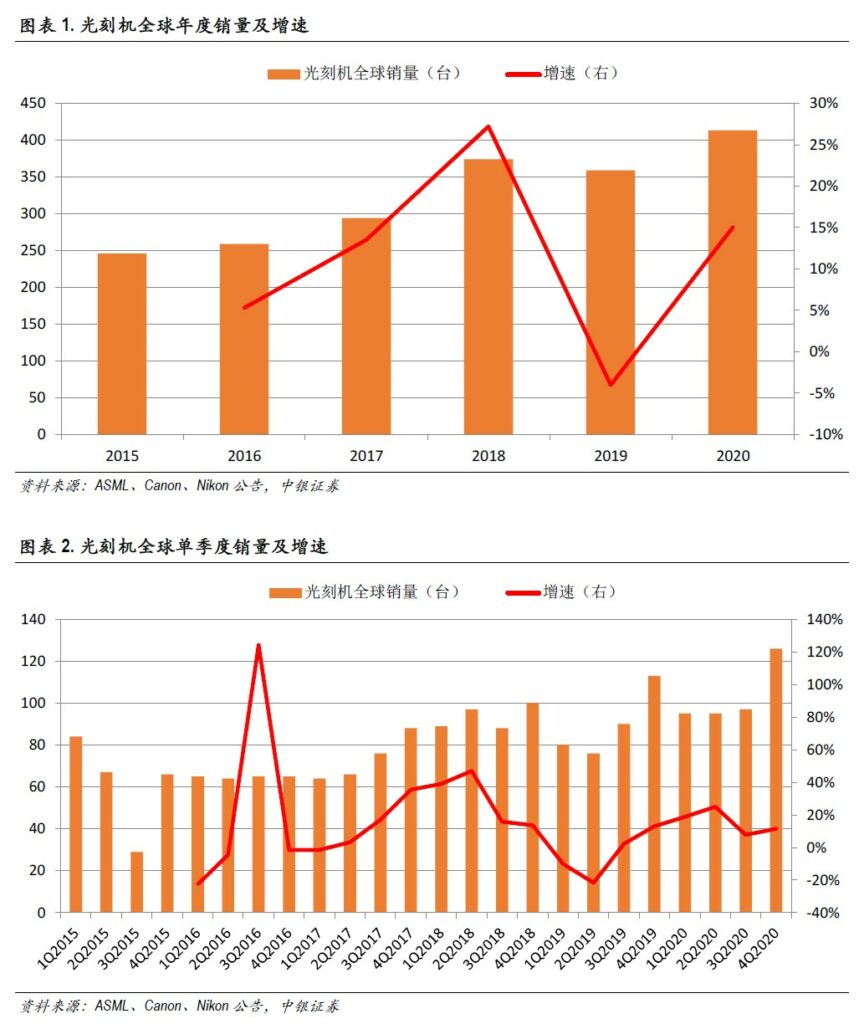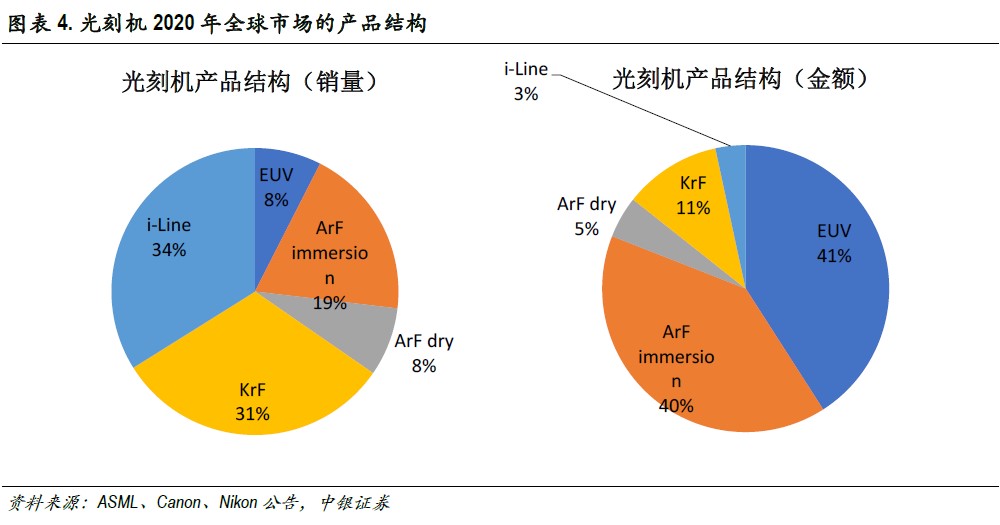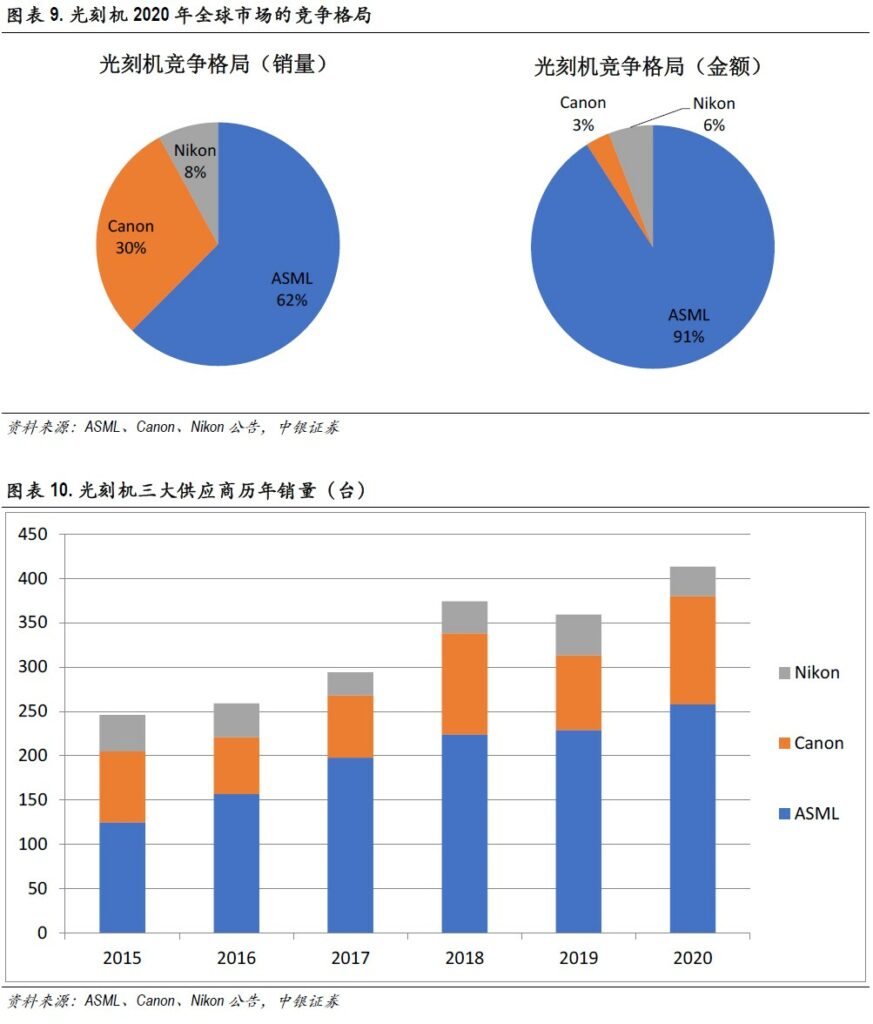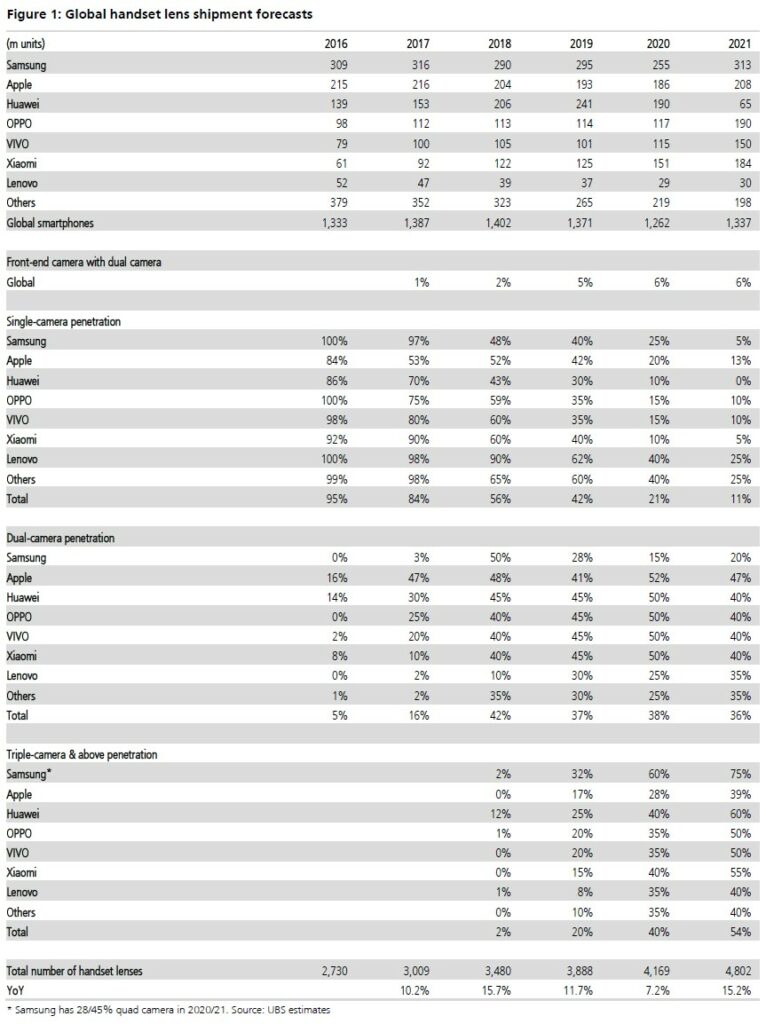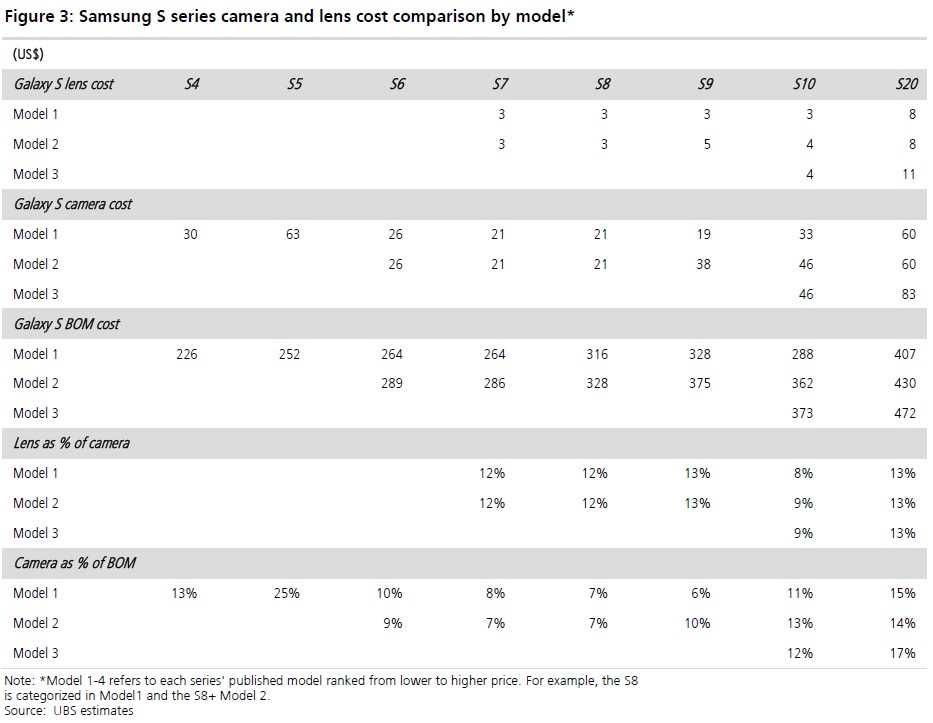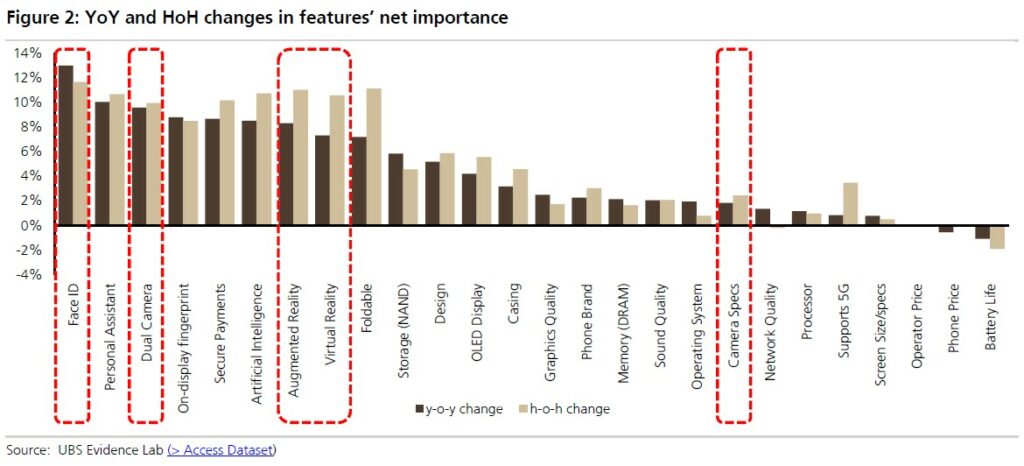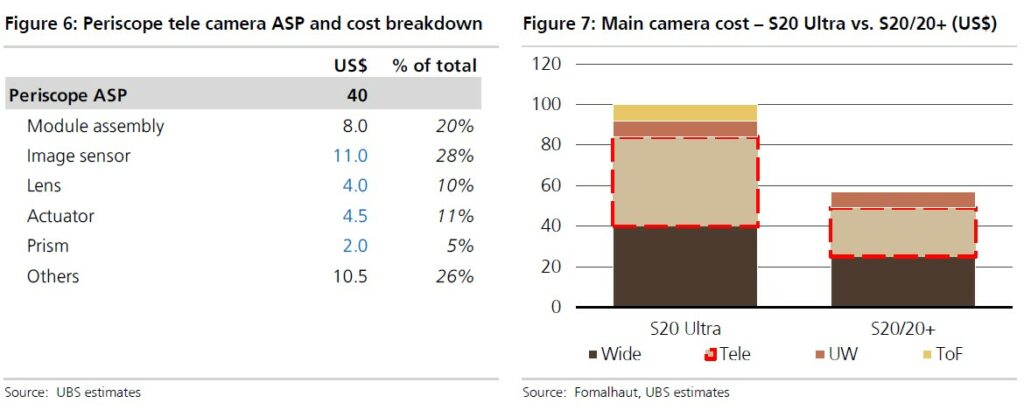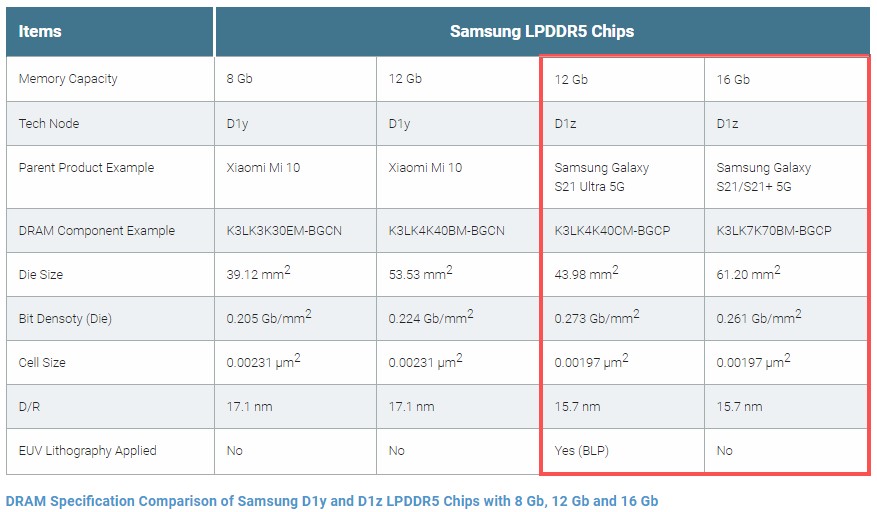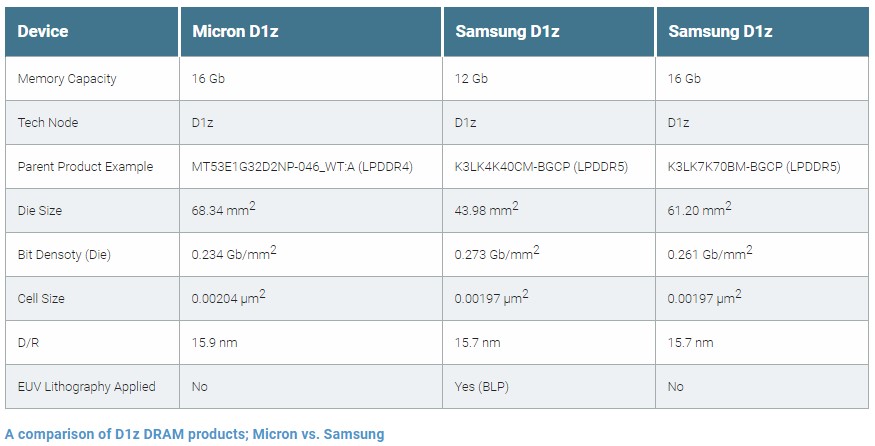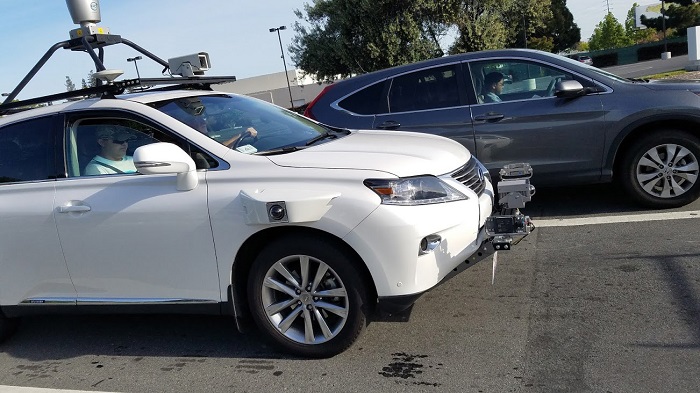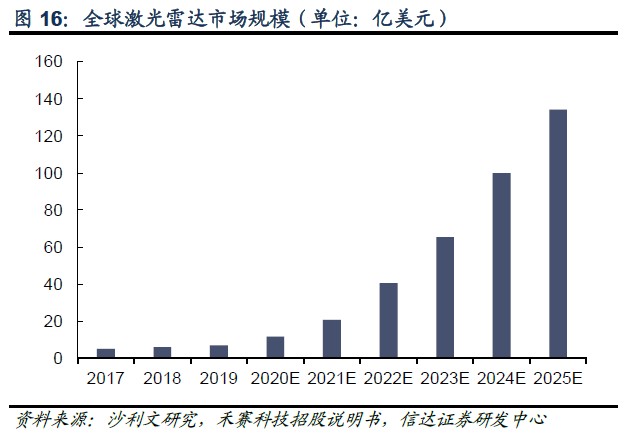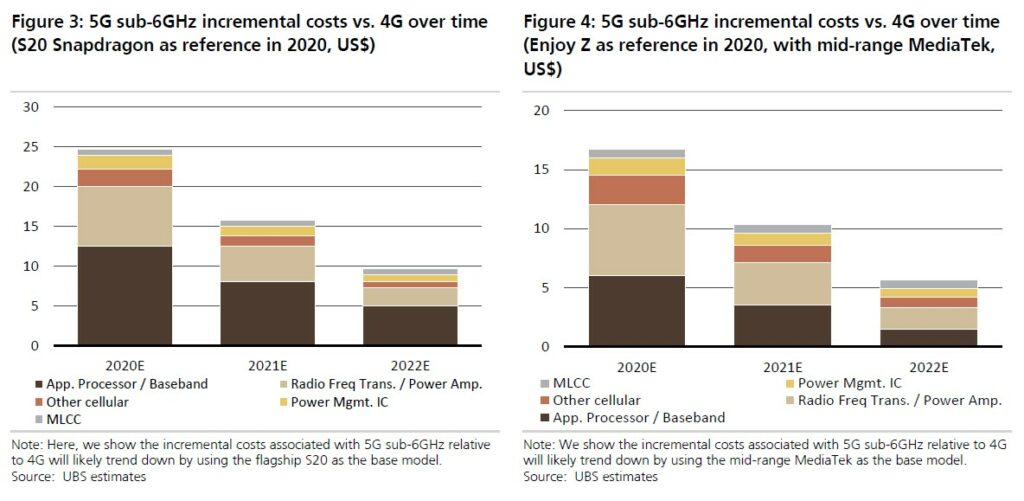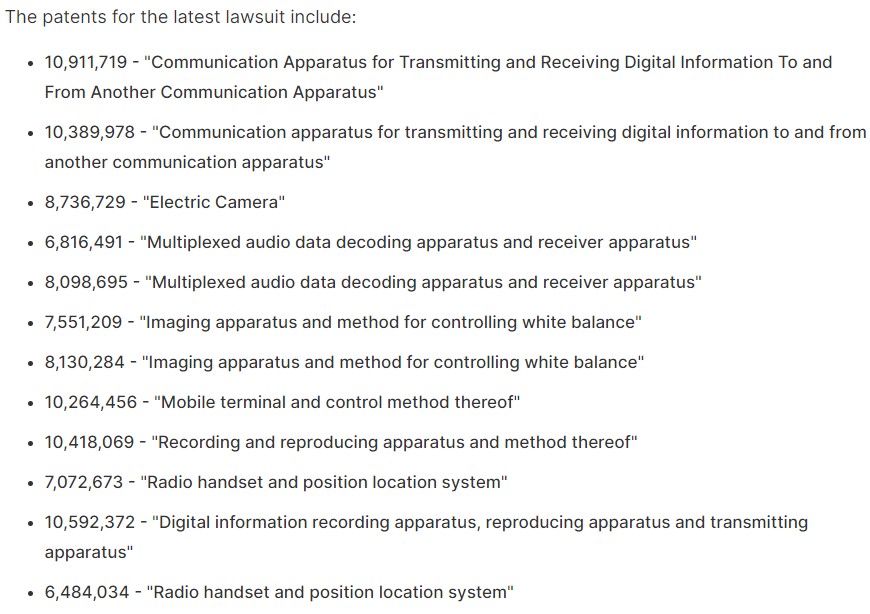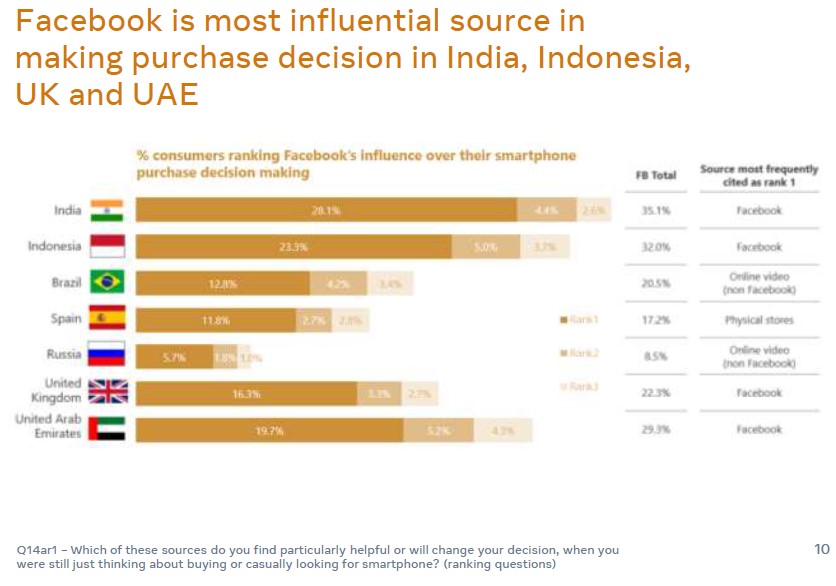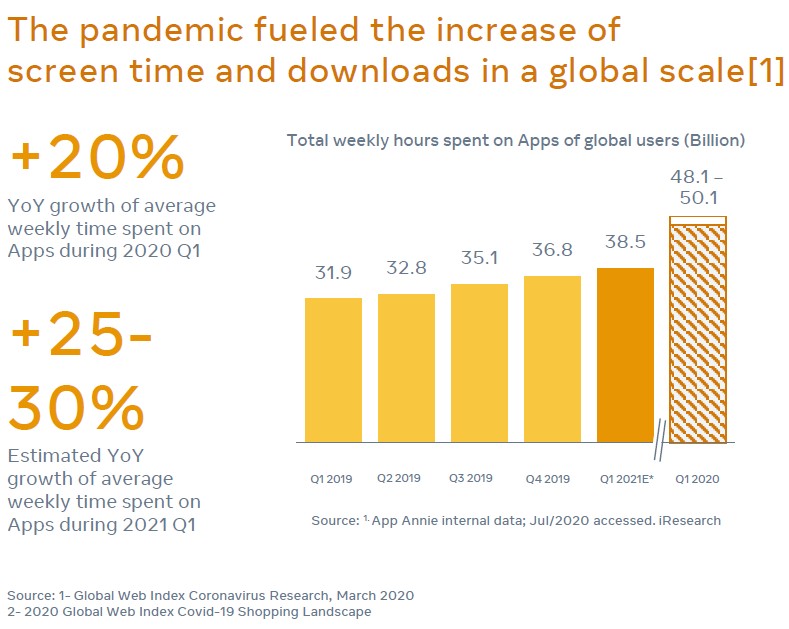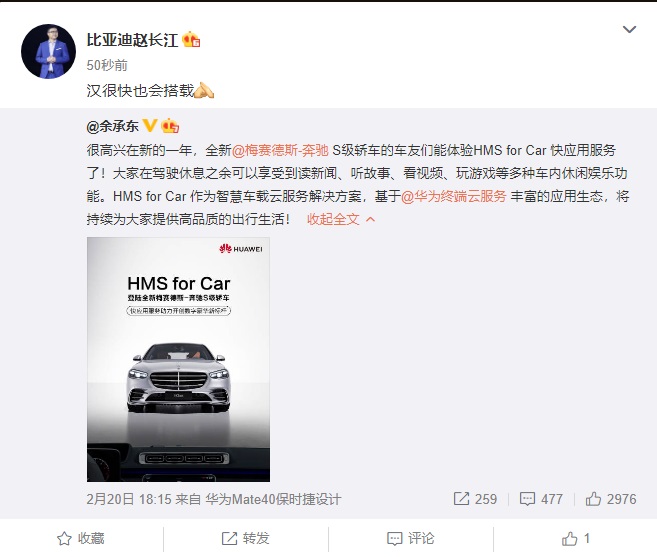
2-22 #BackToWork : Apple is reportedly in active talks with multiple LiDAR sensor suppliers; NEC has said it is working closely with the Indian telecom operators; Apple plans to bring iPad manufacturing to India; etc.
According to the announcements from ASML, Canon and Nikon, the global sales of lithography machines were 413 units in 2020, a YoY increase of 15%, and they were 95 units, 95 units, 97 units, and 126 units, with YoY growth of 19%, 25%, 8%, 12%, respectively. With reference to the ASML unit price, BOCI Securities estimates that the global lithography machine market has reached more than USD13B, an increase of more than 20% YoY, and the global lithography machine market has an average annual compound growth of 23% from 2016 to 2020. (BOCI Securities report)
According to BOCI Securities, sales of 31 EUV lithography machines accounted for 8% in 2020, with sales of USD5.5B, an increase of 76% YoY, accounting for 41% of the market size of lithography machines; 80 units of ArF-i sales accounted for 19%, with estimated of USD5.4B, down 7% YoY, but owning 40% of the global lithography machine market. The sales of ArF dry, KrF, and i-line lithography machines were 32, 130, and 140, respectively, with a YoY increase of 3%, 57%, and 25%. The sales accounted for 8%, 31%, and 34%, respectively. (BOCI Securities report)
According to BOCI Securities, of the 413 lithography machines in 2020, 258 units from ASML accounting for 62%, 122 units (KrF, i-line) from Canon accounting for 30%; and 33 from Nikon accounting for 8%. In terms of sales, the sales of lithography machines of ASML, Canon, and Nikon accounted for 91%, 3%, and 6%, respectively. (BOCI Securities report)
The state of Texas in the United States is currently facing a terrible atmospheric condition. The state is currently experiencing an Arctic cold current which has cut out the power supply. To this end, local chip manufacturers have to compulsorily close their factories. This is increasing the already present chip scarcity globally. (GizChina, IT Home, The Investor, Bloomberg, EET Asia)
Intel, Samsung, TSMC and others are laying the groundwork for the transition from today’s finFET transistors to new gate-all-around field-effect transistors (GAA FETs) at the 3nm and 2nm nodes, starting either 2022 or in 2023. GAA FETs hold the promise of better performance, lower power, and lower leakage, and they will be required below 3nm, when finFETs run out of steam. But even though these newfangled transistors are considered an evolutionary step from finFETs, and they have been in R&D for years, any new transistor type or material is a huge undertaking for the chip industry. Chipmakers have been postponing the move as long as possible, but to continue shrinking, GAA FETs are required. (IT Home, CN Beta, Semi Engineering)
Rajen Vagadia, President of Qualcomm India, has indicated that the company will continue the legacy of collaborating and supporting Jio in bringing new devices and offerings, across price tiers in the market. The upcoming budget smartphone is expected to be priced around INR4,000 (USD55). Jio is also expected to roll out around 200M units within 2 years in hopes to rope in new users to maintain its lead in the market. (Economic Times, Gizmo China)
LG Innotek, a subsidiary of LG Group, is planning to invest KRW547.8B (~USD0.5B), to increase the output of Apple iPhone camera modules. It will use the funds to expand the scale of the factory and use CMOS image sensors from Sony and Samsung to manufacture camera modules. The final product will be shipped to the Foxconn factory in Taiwan, China, to assemble the iPhone. (GizChina, Asia Nikkei)
UBS expects the camera feature in high-end smartphones to continue to be upgraded, while specs in mid- to low-end models could continue to be downgraded. They expect to see another wave of camera upgrades as demand for smartphones recovers and 5G-related costs gradually decline in 2H21 and beyond. However, they expect this feature upgrade could be limited to the high-end models only. UBS expects the smartphone industry’s recovery as well as the continued increase in the number of cameras on the back of the phone to support 15% YoY growth in lens shipments in 2021. The major increase in cameras is on the rear of the phone and some models have already moved from triple cameras to quad cameras in 2021. (UBS report)
UBS notes Samsung is actively increasing the number of cameras both in its high-end flagship models and its mid- to low-end models. The camera cost continues to increase in the premium models. Samsung is also adding cameras to its mid- to low-end models. However, the resolution and spec for the cameras used in these models are quite low. (UBS report)
UBS thinks the following key long-term camera trends will likely remain: 1) higher optical zoom with more periscope design adoption; 2) image sensor upgrades to larger sensors and with higher mega-pixel (MP) resolution (Samsung LSI developing 600MP image sensor); 3) camera lens upgrades to more 7P/8P lens; and 4) stronger image stabilization for better video capabilities. What has not changed is that camera features remain one of the critical features for smartphones in consumers’ minds and its importance is growing. (UBS report)
UBS estimates the current periscope telephoto camera module’s ASP to be around USD40-44 depending on the detailed specs. This is just for the telescope camera alone, which is only a sub-part of the entire main camera module. Taking the Samsung Galaxy S20 Ultra or Note 20 Ultra as an example, this suggests the Folded Zoom telephoto camera alone accounts for about 45% of the total main rear-facing camera module cost of close to USD100. (UBS report)
Samsung Electronics announced the world’s first development of both ArF-i based D1z DRAM and separately its EUV lithography (EUVL) applied D1z DRAM in early 2020. TechInsights has dismantled Samsung’s 1z-nm process DRAM using EUV lithography technology and ArF-i lithography. It believes that this technology has improved Samsung’s production efficiency and reduced the core size of DRAM. TechInsights has also compared Samsung’s 1z-nm process DRAM with Micron’s. Samsung’s DRAM is also smaller in terms of chip cell size. (Sina, CN Beta, EE Times, TechInsights)
Apple is reportedly in active talks with multiple LiDAR sensor suppliers for the laser-based sensors, which could allow an autonomous vehicle to see its surroundings. Apple is looking at obtaining LiDAR technology that would be considered cutting edge 4-5 years from now. That is another indication of the company’s planned release timeline for autonomous vehicle technology. (CN Beta, Bloomberg, Apple Insider)
Lidar ranging methods can be divided into Time of Flight (ToF) and FMCW ranging methods based on coherent detection, and triangulation ranging methods. ToF and FMCW can achieve remote measurement under outdoor sunlight. Range (100~250 meters) is the preferred solution for vehicle-mounted lidar. ToF is the mainstream solution for vehicle-mounted mid- and long-range lidar in the current market. In the future, as the FMCW lidar machine and the upstream industry chain mature, ToF and FMCW lidar are expected to coexist in the market. (Cinda Securities report)
According to AMR, the global market of self-driving technology lidar will reach USD556.67B in 2026, which is a compound annual growth rate of 39.47% compared to 2019. According to Sullivan’s predictions, driven by the expansion of the self-driving vehicles, the increase in the penetration rate of lidar in ADAS, and the demand for service robots and smart transportation construction, the overall lidar market is expected to show a rapid development trend by 2025. The annual global market size was USD13.54B, achieving a compound annual growth rate of 64.5% compared to 2019. (Cinda Securities report)
UBS has examined 5G smartphone costs in details. Their conclusion was more positive on 5G sub-6GHz smartphones’ cost-down and volume outlook. UBS thinks a better cost reduction curve for 5G sub-6GHz smartphones will gradually help alleviate some of the BOM cost burden, which should refuel the overall camera upgrades to gather pace again from 2H21 / 1H22 for Android smartphones. (UBS report)
Amazon is likely to start a test outside the U.S. for a potential mobile wireless phone service and may eventually partner with Dish in the U.S., according to Boost Mobile America founder Peter Adderton. (Phone Arena, Twitter, Seeking Alpha)
NEC has said it is working closely with the Indian telecom operators to explore the possibility to commercially deploy OpenRAN technology for their 5G networks. NEC has added that OpenRAN will be a challenger network technology in India, especially for high-speed 5G networks. (Laoyaoba, India Times)
Electronics producer Maxell has filed another lawsuit against Apple, once more accusing it of infringing on 12 patents through FaceTime and photographic features of the iPhone, iPad, and other hardware. Maxell has attempted to do the same thing in 2019 and 2020 against Apple. (Apple Insider, Scribd, CN Beta)
Facebook was most frequently cited as the number 1 source in making or changing decisions around smartphone purchases. This most clearly stands out in India, Indonesia, UK and UAE where Facebook is most frequently cited as the most influential source. (Facebook report)
Coronavirus is affecting the routines and habits of people and how businesses serve those communities around the world, changing everything from the day-to-day lives of individuals to global supply chains. The COVID-19 outbreak is also affecting digital and device behaviour. Mobile phone data usage in the US increased over 50% in Mar 2020, compared to 2019. (Facebook report)
Apple plans to bring iPad manufacturing to India. India launched a USD6.7B plan to boost smartphone exports in 2020. Its top supplier Foxconn is building assembly lines for iPads and MacBook laptops in Vietnam. Other iPad assemblers include Taiwan’s Compal Electronics and China’s BYD Electronic International. Apple is expected to dole out an initial budgetary sum of up to INR70B (USD964M) over 5 years. The company is reportedly asking for that to be almost tripled to INR200B. (Gizmo China, Reuters)
According to BYD senior official, Zhao Changjiang, the company’s Han series of mid size sedans will soon arrive with Huawei Mobile Service (HMS) fast application services. Huawei has recently diversified its service into the automobile industry, seeking to offer its software and product services for the other car makers. (Sina, Sohu, Gizmo China)
IBM is allegedly exploring a potential sale of its IBM Watson Health business. The unit, which employs artificial intelligence (AI) to help hospitals, insurers and drugmakers manage their data, has roughly USD1B in annual revenue and is not currently profitable. Its brands include Merge Healthcare, which analyzes mammograms and MRIs; Phytel, which assists with patient communications; and Truven Health Analytics, which analyzes complex healthcare data. (GizChina, WSJ, InfoQ, Sohu, IT Home)

